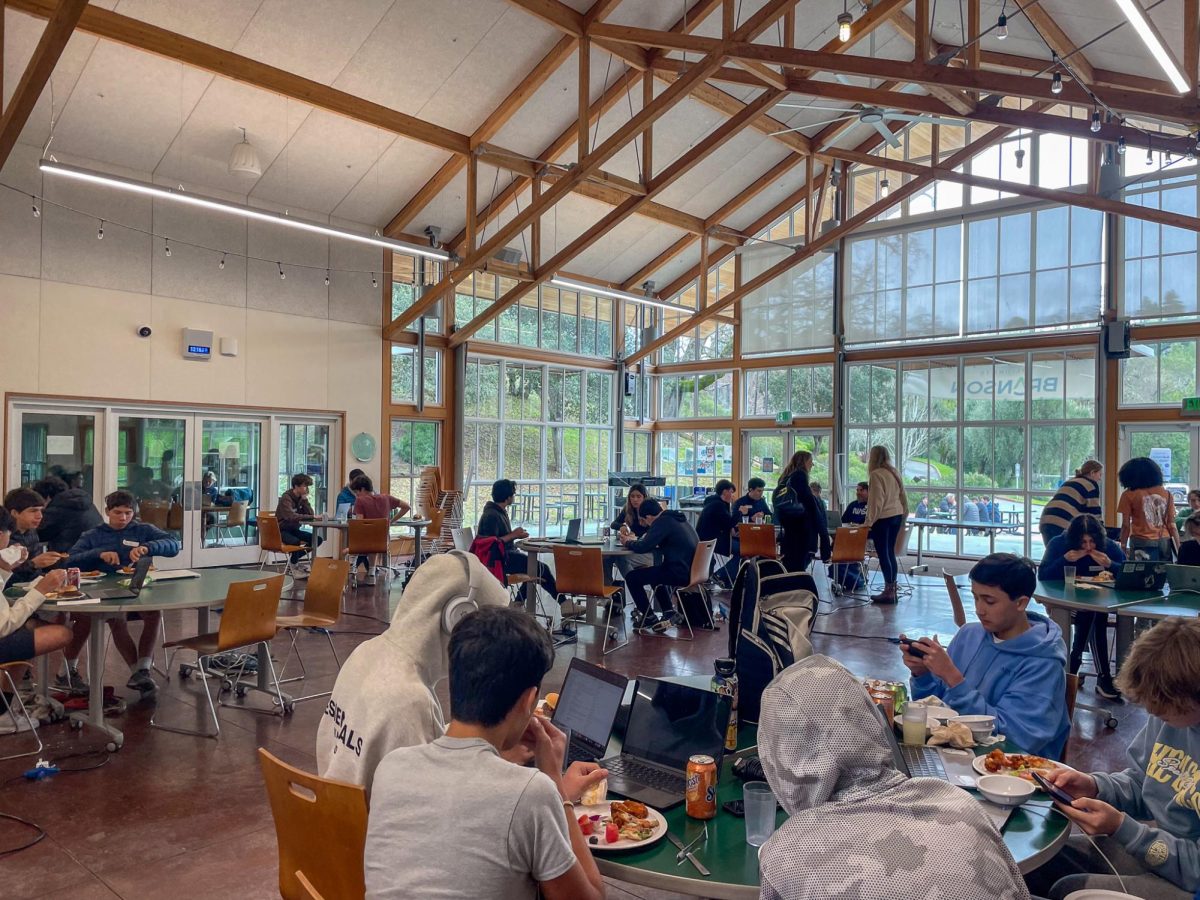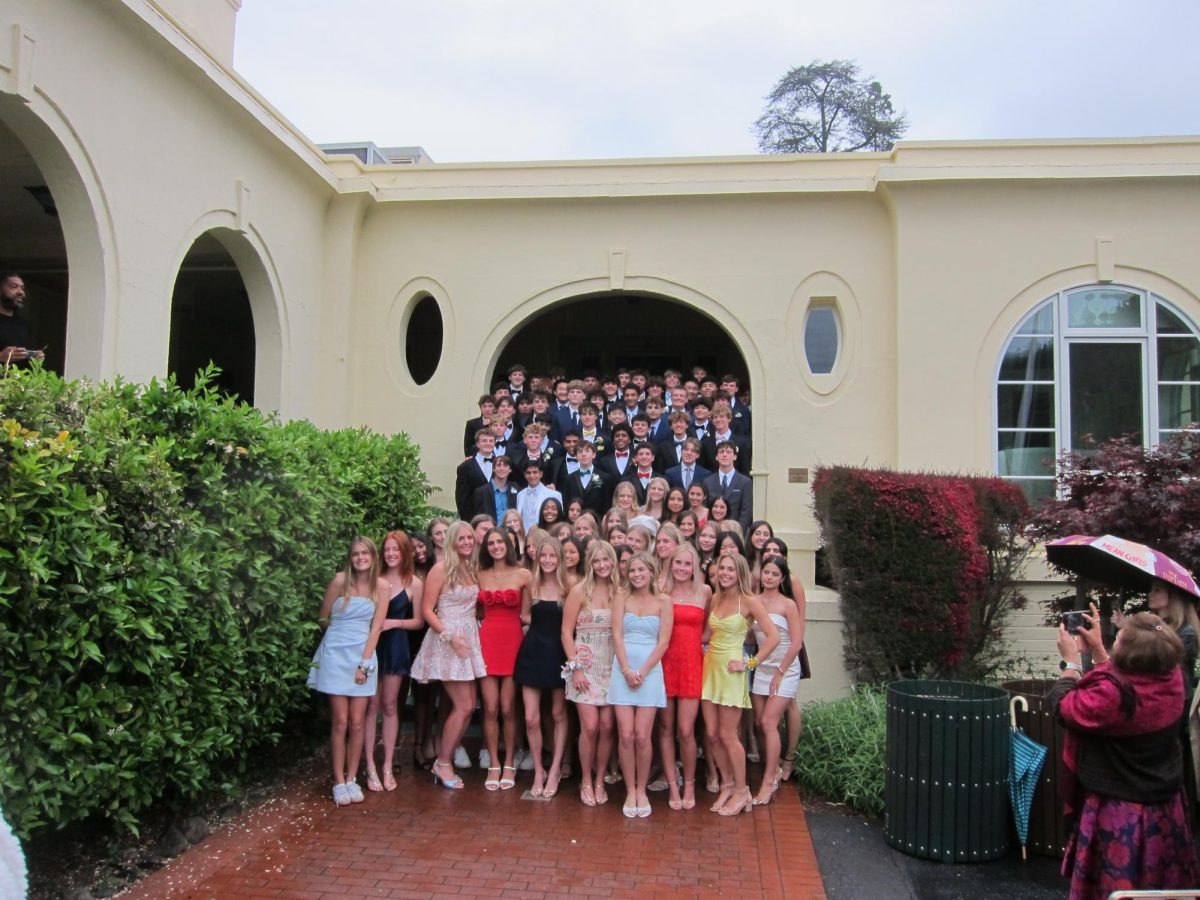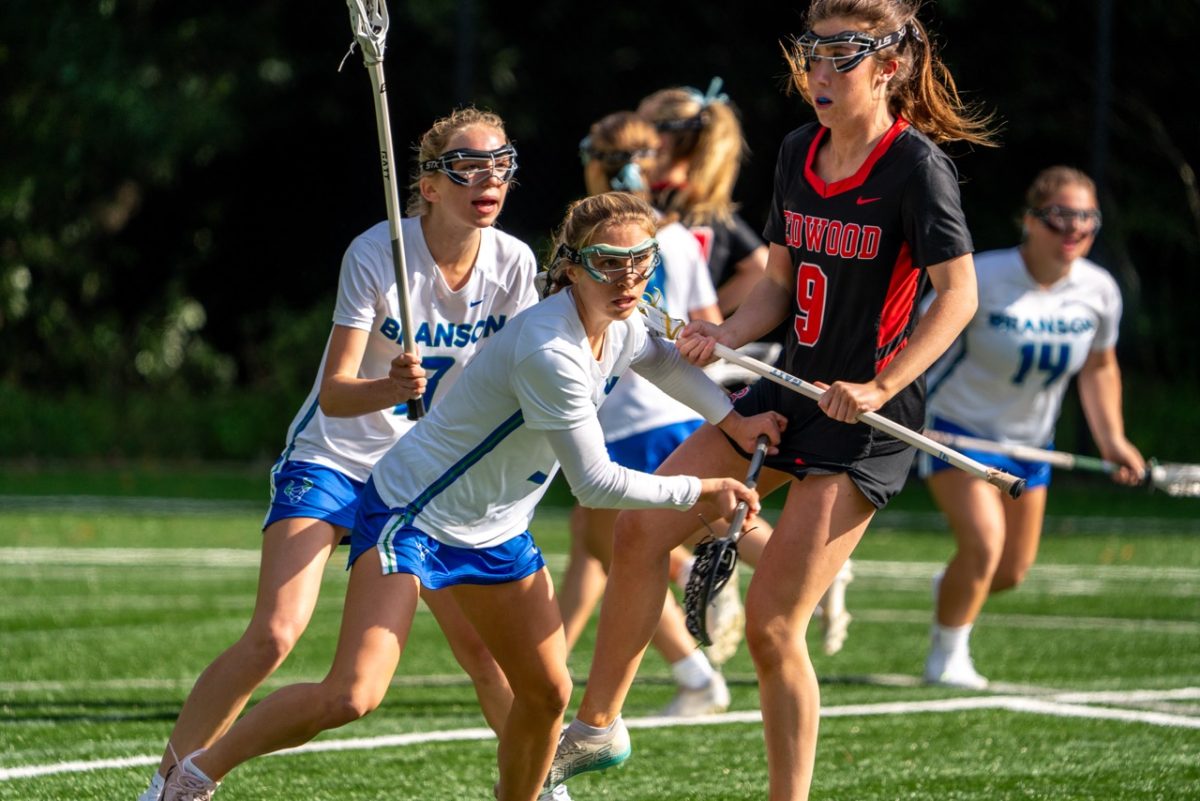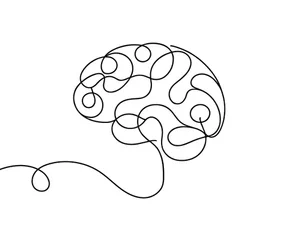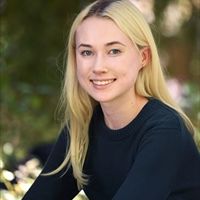Branson hosted its first-ever hackathon, Bull Hacks, Saturday, March 2. The event featured a coding competition with $10,000 in prizes, workshops and opportunities to learn from professionals. Open to eighth- to 12th-graders, the hackathon brought in students from across the Bay Area.
Branson computer science teacher Tony Pound was excited to host the hackathon because, he said, it was “a great opportunity for students to come together from different schools and just learn computer science, but also apply what they’ve learned.”
Students at the hackathon formed groups of one to four and began designing their own projects to enter into the competition with the help of adult mentors — industry professionals that included the founder of Weather Underground, a Facebook engineer and the host of a hackathon that has been running for 10 years at the University of Michigan.
There were 10 teams competing and the event brought in students from a total of 15 different schools in the Bay Area. “Most of the people that came were the only ones from their school,” said Theodore Zak ‘25, one of the student leaders of the event, explaining that most students were randomly organized into teams.
Pound added, “One [team] was actually remote, which was a team from Argentina.”
The competition theme, accessibility, was presented to the students at the beginning of the event to prevent students from preparing ahead of time. At the end of the event, projects were proposed to a panel of judges composed of two Branson parents and Google engineer Aaron Dittmar. The panel decided which top three teams would win prizes.
“There was a criteria to do with connection to the theme, practicality, the presentation itself and innovation,” Pound said.
Participating Branson students Christopher Mao ‘26, Emmett Grossman ‘26 and Griffin Cooper ‘27 formed a group.
“We’re working on a website that will allow you to create different neural network model sizes and put them into an environment to see what different changes the network makes,” said Mao at around three hours into the event. “Emmett and Griffin have been working on the UI [user interface], and I’ve been working on some of the Python.”
“Time has definitely gone faster than we thought it would,” Grossman said, “but I think we’re making decent progress.”
Their project, which they titled CrabCode, would allow users to make reinforcement learning AIs without using code, therefore making it accessible to those of any programming skill level.
“I’m excited to see how it comes out and what finished product we get,” Mao said.
A range of projects were created during the event, with varying interpretations of the theme of accessibility. The first place team, winning $500, was a group of eighth-graders from the Marin Montessori School (Eric Aley, Chase Hench and Asher Kastner) who developed a program called Alt Access. Using GPT-4, Alt Access automatically generates image descriptions for all images on a website, making it compatible with speech readers.
The $300 second place prize went to a program called Fair Health that allowed users to upload medical bills and, using AI, would scan the document and decide whether you had been under- or overcharged for medical care. The third place team, which included Branson student Kimberly De Leon ‘25, won $200 for their allergy-detecting program that scans barcodes and returns a food product’s ingredients and allergy information.
Other projects included a color blindness simulation, a recipe recommendation engine and even a trivia game about accessing bank vaults — giving new meaning to the theme of “accessibility.”
Branson students Dael Tao ‘26 and Barry Liu ‘26 created Bitesnap, which uses GPT-4 Vision API to estimate calorie and macronutrient content from a picture of food.
Ryder Lariviere ‘24 and Kasra Panahi ‘24 presented two projects. They designed Blind Alert for people with cataracts, a program which pairs with smart glasses that are equipped with an ultrasound censor and shine a light near the eyes when approaching an object. It would also immediately send a text to a caregiver if it detects that the wearer has been injured. Lariviere and Panahi also proposed Eye Help, a PDF editor that enlarges text for people who are visually impaired.
Considering that most participants, hailing from many different schools, attended alone and had to be randomly organized into teams, Zak was impressed by their ability to work with people they had just met.
“It was cool to see people coming together to work on these projects without having known each other before at all,” he said. “For some of the teams, 15 minutes after being formed, you would see it would be kind of quiet at their table … and then you’d go back an hour later and everyone’s really lively and everyone’s talking.”
Educational workshops during the hackathon offered attendees opportunities to learn about web design, Google Colab and using ChatGPT in code. A Super Smash Bros. tournament was hosted during lunch.
Pound and the student leaders behind Bull Hacks, Zak, Zachary Cummins ‘26, Grant Kruttschnitt ‘26 and Nyanza Ngongoseke ‘26, said they were inspired by prior hackathons they had attended.
“We saw Lick-Wilmerding had a hackathon and then we were like, ‘We could do that too.’ That was the main inspiration,” said Zak. “We had also been to a few and thought it would be cool to have one at Branson.”
Kruttschnitt said the goal was to “create that same experience.”
Hoping to bring more coding opportunities like the hackathon to Branson, Cummins added that they also “thought it would be a great idea to get more people involved in the computer science program.”
“I think that was also one of our main goals,” he said, “because the computer science program here is popular but not as popular as we think it should be, so we wanted to drive some more engagement toward that.”
Pound said he had been “wanting to do something like that at Branson for seven years,” and had even begun planning one in 2020 — until the pandemic hit. This year, his ideas were met with similarly enthusiastic students in his computer science classes.
“Having the students who were really passionate about it really made it happen, because I don’t think I could have done it on my own,” he said.
Pound said the process of planning the hackathon was “long,” and a new and challenging undertaking for many of its organizers.
“None of us had ever done this before, so there was a lot of administrative things that we had to do regarding the tech, the food, the marketing,” said Pound.
He said that Jenni Owen-Blackmon, director of communications and marketing, helped with outreach and Chief Financial and Operating Officer David Hanson helped them greatly with the financial aspects.
Communication and marketing were the main areas of improvement for the event, said many of the leaders. Zak and Pound shared their notes for a possible hackathon next year.
“We’d probably communicate more to people beforehand, like before the event,” said Zak. “For example, one of the issues we came across is that some people didn’t bring their computers.”
Pound also mentioned that the event was largely male-dominated. He is considering solutions to this problem for next year.
“We really want more girls at these events,” said Pound. “We need to think about maybe announcing the theme before [and] doing some more active recruitment, just to get more girls involved in the event.”
He added, “It was a lot of work but it obviously came together and we had a great event. So I’m really, really happy with the first event, and we can hopefully do another one next year.”
Cummins said that it is very likely Bull Hacks will return next year.
“We got almost all positive feedback and a lot of people wanted another one, so we’re probably going to do one either in the fall or spring, or both,” he said. “We’re definitely going to do it again.”

